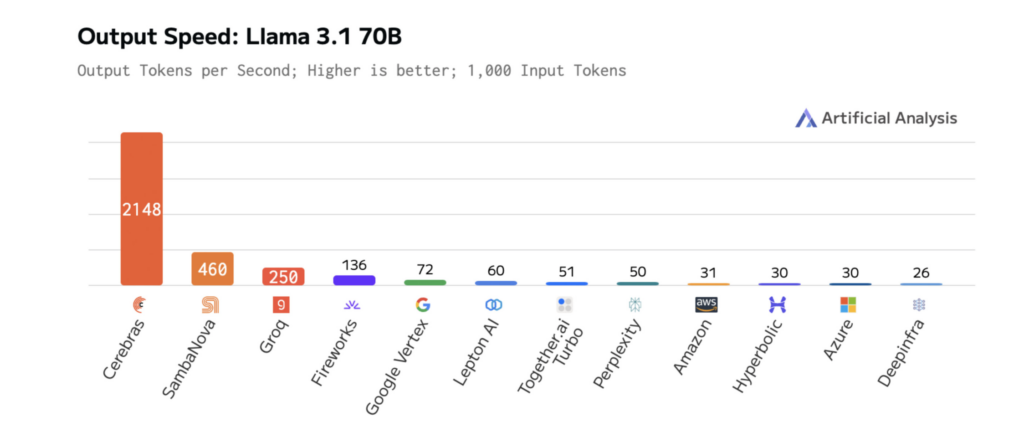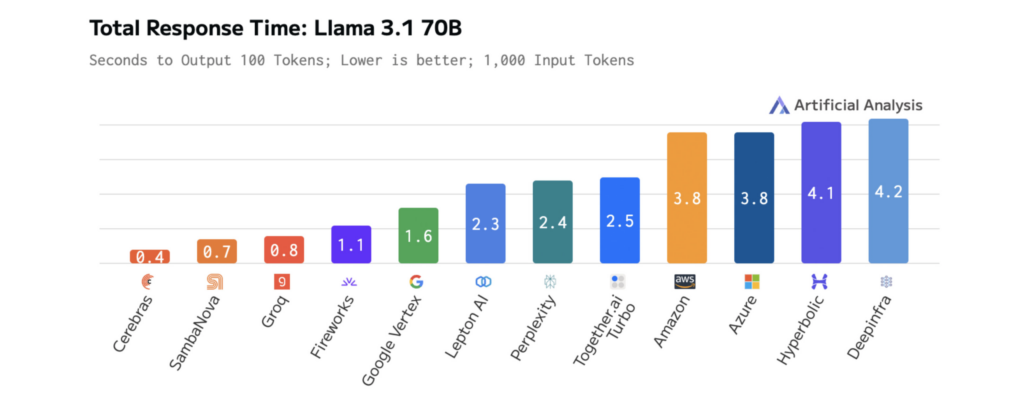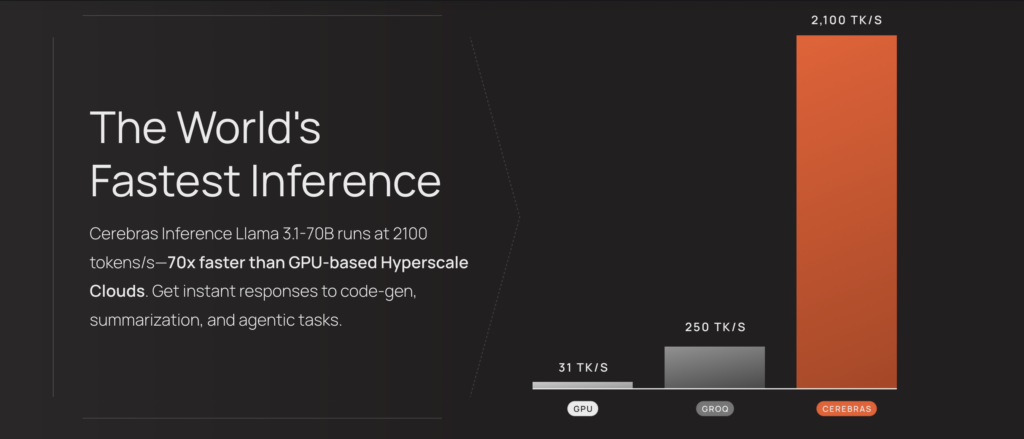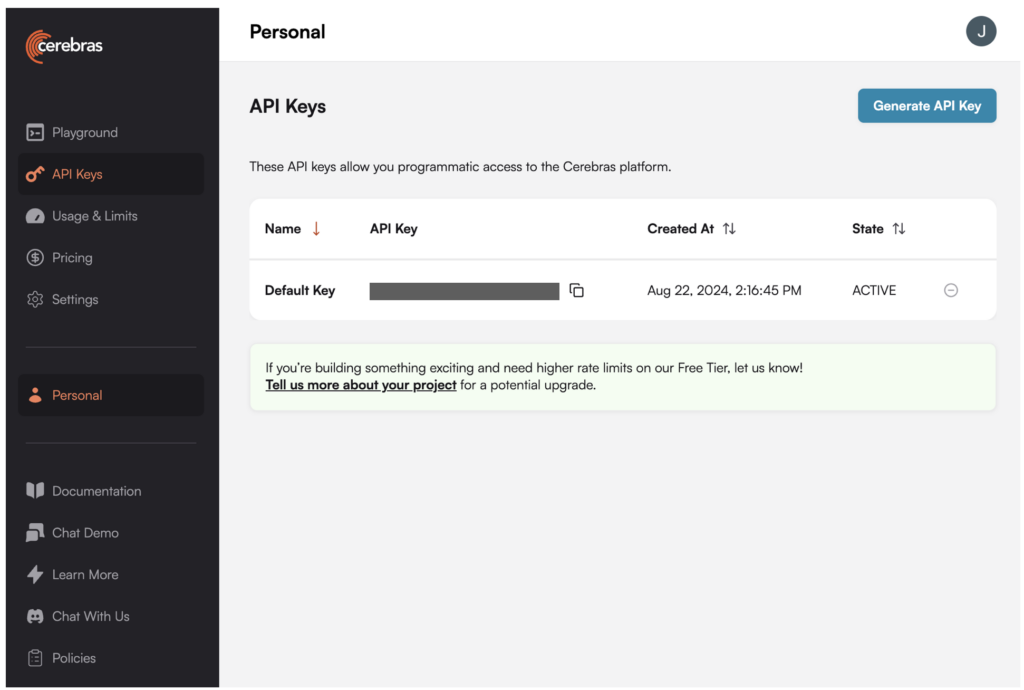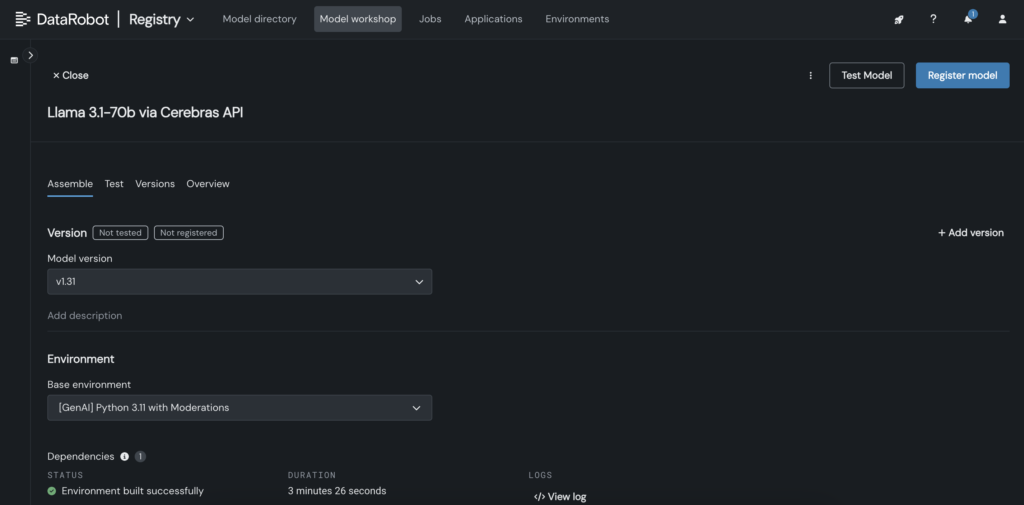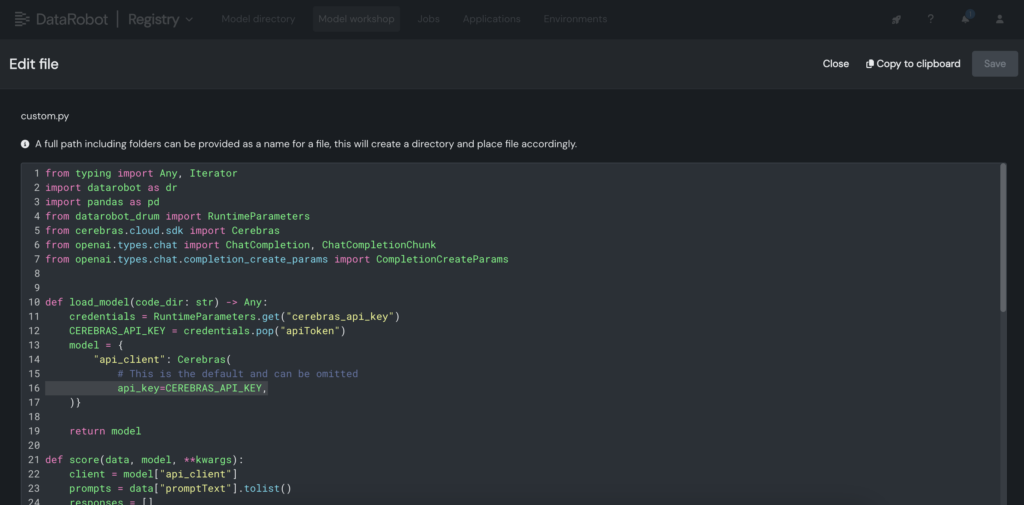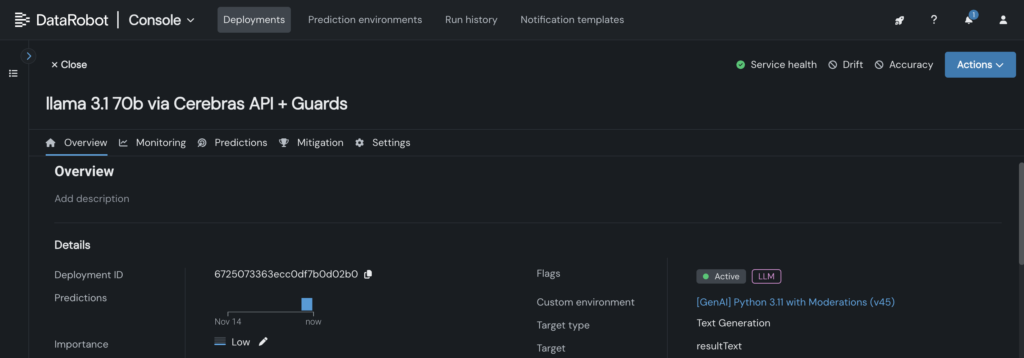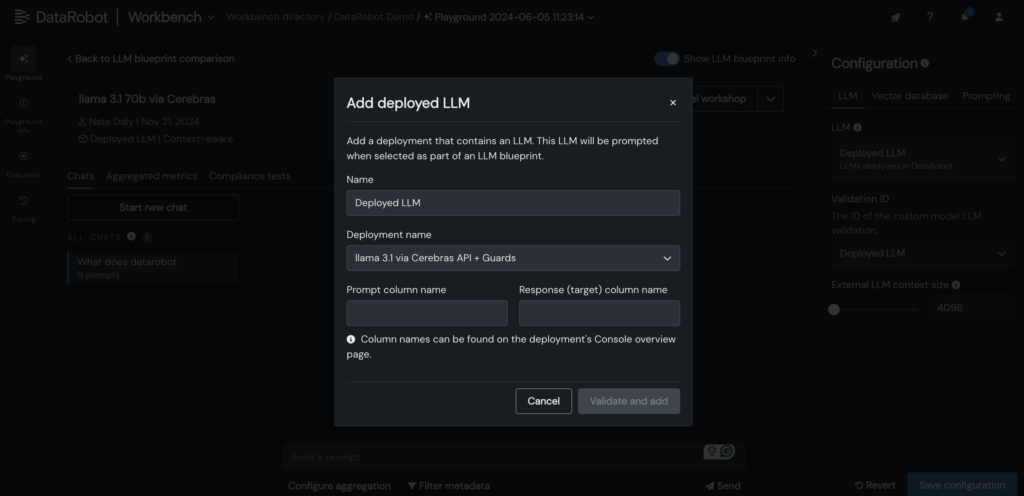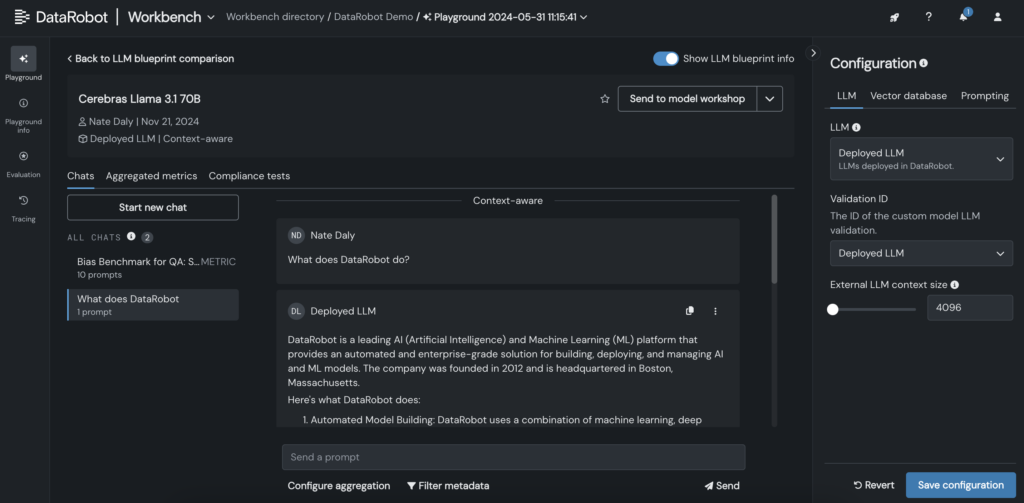How Much Does It Cost to Make a Social Audio App like Clubhouse?
In this COVID pandemic, going out and meeting people or planning gets together is not preferable and not safe as well. Social distancing has altered the way we communicate or connect with our friends and community. This situation is laid the foundation for the development of social apps like Clubhouse.
Yes, the demand and installation of social media, communication, or entertainment apps have increased rapidly over the past two years. These categories have witnessed significant growth since the outbreak of COVID-19.
Facebook and YouTube are the two most popular social networks that became best buddies to people in lockdowns. These two applications have to capture the hearts of nearly 5.1 billion active users per month.
Along with these apps, though launched recently in March 2020, with over 10 million installations, Clubhouse-like social media app is also quickly emerging and grabbing the attention of users.
[contact-form-7]In this article, we would like to give you a detailed guide on-
- What is the Clubhouse app?
- Why clubhouse has become so popular?
- What are the unique features and functionalities of Clubhouse?
- How much will it cost to build a trending social media platform like Clubhouse?
- How much time does it take to develop an app like Clubhouse?
- Technologies required to audio-only social media apps development
Let’s move on to interesting topics related to clubhouse application.
What is the Clubhouse app?
The clubhouse is a buzz in social media since the official launch of its iOS version in the Apple app store in March 2020. Later, with increasing demand for the application, the company has launched its android version in the USA and other global markets in May 2021.
This audio-only social media platform allows thousands of people to listen to experts or community people. Users can initiate or continue a conversation about various topics related to comic books, fashion, backpacking, Japanese languages, and many more. The app is best suitable for audio communication through chat rooms with nearly 5000 people in a group.
It also facilitates users to create hundreds of separate virtual rooms for individual chatting. These virtual rooms for live discussions allow people to become speakers or listeners.
It is also called an invitation-only social audio application. It means that the app is accessible by accepting the invitation of others who are registered users of Clubhouse. This model is very much useful for application marketing through existing users.
What are the unique features and functionalities of Clubhouse?
The clubhouse app has got a brand mark from both Android and iOS users. The application was rated 4.8/5 in the Apple app store and 4.4/5 in the android app store within one year of its launch into the market. The unique and easy-to-access functionalities made the clubhouse app so popular in the global markets.
Yes, it’s a fact that the features and functionalities are the first steps towards app success. If you are looking to develop a trending social media platform like a clubhouse, here is the list of unique features that you must integrate to make your dream application successful.
-
Clubhouse Invitation
As clubhouse is an invite-only app, users cannot download it from app stores and start using it. People must receive an invitation from other clubhouse members for download and use. An alternative way is that users can also download and use the application through virtual registrations. Along with these, the other way for using the app is to buy invites from eBay.
-
Login or Signup
On clicking the invitation, users will be redirected to the signup page, where they can log in using their email or social media accounts. Upon login, they need to enter their username and photo to enter and participate in group conversations. By default, the app keeps all new users on mute. However, the users can unmute with the permission of the group admin.
-
Profile view/edit
This feature stores all information related to the users. Here, users can add their personal and professional information happily and let other group people know more about them. Users can also edit the profile of their choice.
-
Interests
The clubhouse is a hub for thousands of rooms. Each room is loyal to a specific topic or interest. To guide the users to select the right rooms, on entering into the app, the clubhouse provides the users a list of interests that a user can choose. Once they picked their interests, the app displays chat rooms to participate.
-
Clubhouse hallway
This feature help users to know active rooms with an ongoing conversation to participate. The user can also see members of the chat room. This feature also keeps your interests and following rooms on top of the list for quick access.
Along with these functionalities, Clubhouse hallway let users invite friends to the clubhouse, view upcoming rooms, and also manage profile with ease.
-
Clubhouse Rooms
Each Clubhouse room will have a room name, description, and a members list. Once users enter the room, they will find the speaker’s name, moderator, and members who participate in the conversation.
In one word, the rooms will be visualized as live podcasts. Users can listen to the conversation, raise a hand to contribute their part if they want, and also can simultaneously explore other chat rooms in the hallway.
-
Clubhouse Clubs
Clubs are nothing but groups in the clubhouse app. How people chat in groups of other social media apps like Facebook, the clubhouse also offers group chat. Users can join the groups and meet people with the same interests. This feature also enables users to recommend others to add to the group.
-
Moderation rights
Be it voice-based or video-based, any social media chat application should provide moderation rights to the virtual chat room owners. These rights help them to control the activities of thousands of users with simple clicks. Those who want to talk on the topic, need to raise their hand virtually.
-
Audio Streaming
Clubhouse allows nearly 5000 people in a group chat. Being a voice-based chat app, the app provides high-quality audio streaming without any background disturbance. It provides self-control features and also allows admins to control mute/unmute functions based on the users’ requests.
-
Notifications
Clubhouse app sends push notifications to the members regarding new followers to their chat rooms, when their connections speak in other rooms when their connections invite them to other conversations, and reminders related to the upcoming audio meeting.
-
Activity
This feature is to record all your connections. Here, clubhouse member can view their connection or accounts they follow, recent activity in the app, and also know the information of a new user of the clubhouse.
These are a few significant features that one must consider before starting social media app development.
How Much Will it Cost to build a Trending Social Media Platform like Clubhouse?
The development cost of audio-only social media apps like clubhouse on a single platform (either Android or iPhone operating systems) with the basic features will cost around $25,000 and $55,000.
It is only the estimated price. Clubhouse-like social media apps development costs might fly around $90,000 to $150,000 based on the complexity of the design, added features, and app compatibility.
Factors that impact the development costs of trending social media apps in the COVID season like Clubhouse include:
-
App Platform
Compared to the iPhone Operating Systems (iOS), the development cost of audio-only social media apps like clubhouse on the Android platform is more. Likewise, if you want your application for a single platform, then the development cost is lower than getting an app developed for both android and iOS.
-
App Design
The UI/UX of the app must be simple and user-friendly. Only creative mobile app designers can create the best customer-centric UI designs. App with ultimate design costs a little bit more, but it’s worth it.
-
Team Size
If you have an in-house development team, it is good, but need to verify the project team size. If any skill gap is there hiring talents would be the best decision to develop the project on time. If this is the case, you need to hire full-time or contract basis employees. These costs will also increase the estimated development costs of social media apps.
Instead, hiring the best mobile app development company in the USA/India is the right decision. Top Mobile apps developers in the USA like USM Business Systems offer you the best app development price for your social media application development.
-
Developer Location
Here is another vital factor that greatly brings changes in the app development cost. The cost of an audio-enabled social media application also depends on the native place of the mobile app development services provider you hire.
The hourly rate of app developers might vary based on their brand image and experience in the mobile app development industry. Small companies may charge $10 – $40 per hour and medium-sized enterprises charge $40 – $90 per hour, and brands will charge above $100 per hour.
It is a rough estimation. The cost per hour will vary based on the location of developers, such as the best mobile app developers in the USA might charge high costs than the mobile app development service providers in India.
How Much Time does it take to develop an app like Clubhouse?
The clubhouse-like app will take time around 5-6 months. This development time might exceed based on the app complexity level, features, and compatibility.
The best mobile app developers in the USA like- USM can build your application with 30% less development time than our rivals. Approach us and get your app developed within a short span.
Technologies required to audio-only social media apps development
- Kotlin for Android Development
- Swift for iOS Development
- js for Back-end Development
- Google Cloud Messaging and Apple push notifications service for Notifications
- WebRTC for Voice Streaming API
- AWS or Azure for Cloud
- Azure Stream Analytics for Real-time analytics
- Live sports streaming API
- Google Maps API for Geo-location
- SQL or MongoDB or Cassandra for Database
Conclusion
Clubhouse-like audio-chat-only social media apps are gaining an image in the industry. It already gained millions of users. People are crazy about using clubhouse-like apps and sharing their views and thoughts on various topics or interests.
Hence, investments in connecting social media platforms like clubhouse are the right choice for businesses in this pandemic saturation. Not only individuals, but the business professionals like marketers and eCommerce players are also becoming users of clubhouse-like apps to know the audience preferences and interests. So, this is the right time to launch your social media application into the market.
[contact-form-7]